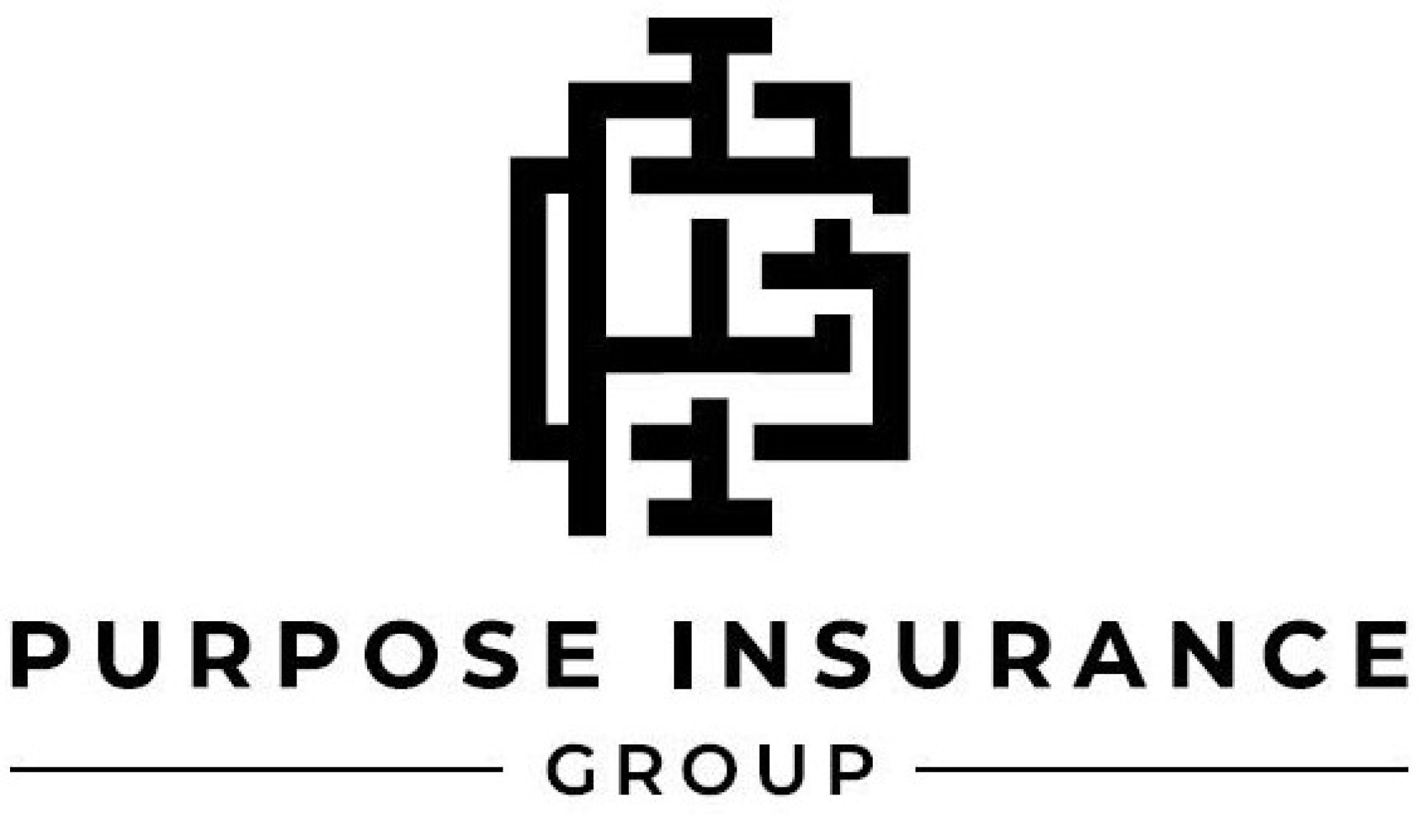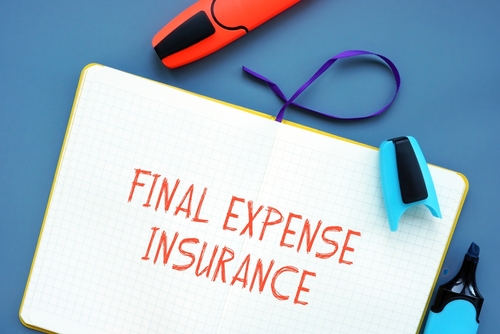See This Report about Pacific Prime
Wiki Article
The Pacific Prime Statements
Table of ContentsEverything about Pacific PrimeSome Of Pacific PrimeUnknown Facts About Pacific PrimeGetting My Pacific Prime To WorkPacific Prime for Beginners

This is due to the fact that the data were accumulated for a period of strong financial performance. Of the approximated 42 million people that were without insurance, all however about 420,000 (concerning 1 percent) were under 65 years of age, the age at which most Americans become eligible for Medicare; 32 million were grownups between ages 18 and 65, around 19 percent of all grownups in this age group; and 10 million were youngsters under 18 years of age, regarding 13.9 percent of all youngsters (Mills, 2000).
These estimates of the variety of persons uninsured are generated from the yearly March Supplement to the Current Populace Survey (CPS), carried out by the Census Bureau. Unless or else kept in mind, nationwide estimates of people without health and wellness insurance coverage and proportions of the population with different sort of coverage are based upon the CPS, the most widely used source of estimates of insurance protection and uninsurance rates.
Unknown Facts About Pacific Prime

Still, the CPS is especially useful because it produces yearly estimates relatively swiftly, reporting the previous year's insurance policy protection estimates each September, and since it is the basis for a consistent set of estimates for more than 20 years, permitting analysis of trends in coverage over time. For these reasons, along with the comprehensive usage of the CPS in various other researches of insurance coverage that are presented in this record, we rely upon CPS quotes, with limitations kept in mind.

The quote of the variety of without insurance people increases when a population's insurance standing is tracked for a number of years. Over a three-year period beginning early in 1993, 72 million individuals, 29 percent of the united state population, were without coverage for a minimum of one month. Within a solitary year (1994 ), 53 million people experienced at the very least a month without insurance coverage (Bennefield, 1998a)
6 out of every ten uninsured grownups are themselves utilized. Functioning does improve the likelihood that one and one's household members will have insurance, it is not a guarantee. Even members of families with 2 full time breadwinner have practically a one-in-ten chance of being uninsured (9.1 percent without insurance price) (Hoffman and Pohl, 2000).
What Does Pacific Prime Do?
New immigrants make up a considerable percentage of people without health and wellness insurance. One analysis has actually attributed a substantial section of the recent development in the size of the U.S. without insurance population to immigrants that got here in the country in between 1994 and 1998 (Camarota and Edwards, 2000). Recent immigrants (those who came to the United States within the previous four years) do have a high rate of being without insurance (46 percent), but they and their kids account for simply 6 percent of those without insurance across the country (Holahan et al., 2001).The partnership in between health and wellness insurance and access to care is well developed, as recorded later on in this chapter. The relationship between health insurance coverage and health and wellness outcomes is neither direct neither simple, a comprehensive medical and wellness solutions research study literature web links wellness insurance policy coverage to improved access to care, better quality, and improved individual and populace wellness condition.
Degrees of evaluation for taking a look at the impacts of uninsurance. This discussion of medical insurance protection focuses primarily on the united state populace under age 65 due to the fact that virtually all Americans 65 and older have Medicare or other public coverage. Furthermore, it focuses specifically on those without any type of wellness insurance for any kind of size of time.
Not known Facts About Pacific Prime
The problems dealt with by the underinsured remain in some aspects comparable to those encountered by the without insurance, although they are typically less serious. maternity insurance for expats. Uninsurance and underinsurance, nonetheless, entail clearly different policy concerns, and the techniques for resolving them may differ. go to this website Throughout this research study and the 5 records to adhere to, the main emphasis is on persons with no medical insurance and therefore no support in paying for health and wellness care beyond what is readily available via charity and safeguard establishments
Medical insurance is a powerful element impacting receipt of care because both patients and medical professionals react to the out-of-pocket cost of solutions - https://www.mixcloud.com/pacificpr1me/. Medical insurance, however, is neither required nor adequate to access to medical services. The independent and straight effect of wellness insurance coverage on accessibility to wellness services is well established.
Others will get the healthcare they need even without wellness insurance policy, by spending for it out of pocket or seeking it from carriers that use care free or at very subsidized rates. For still others, medical insurance alone does not make certain invoice of treatment due to the fact that of various other nonfinancial barriers, such as a lack of healthcare providers in their area, restricted access to transport, illiteracy, or etymological and cultural differences.
The Greatest Guide To Pacific Prime
Formal research study regarding without insurance populaces in the United States dates to the late 1920s and early 1930s when the Committee on the Expense of Medical Treatment produced a series of reports regarding funding physician office visits and hospitalizations. This problem came to be salient as the numbers of clinically indigent climbed up throughout the Great Depression.Report this wiki page